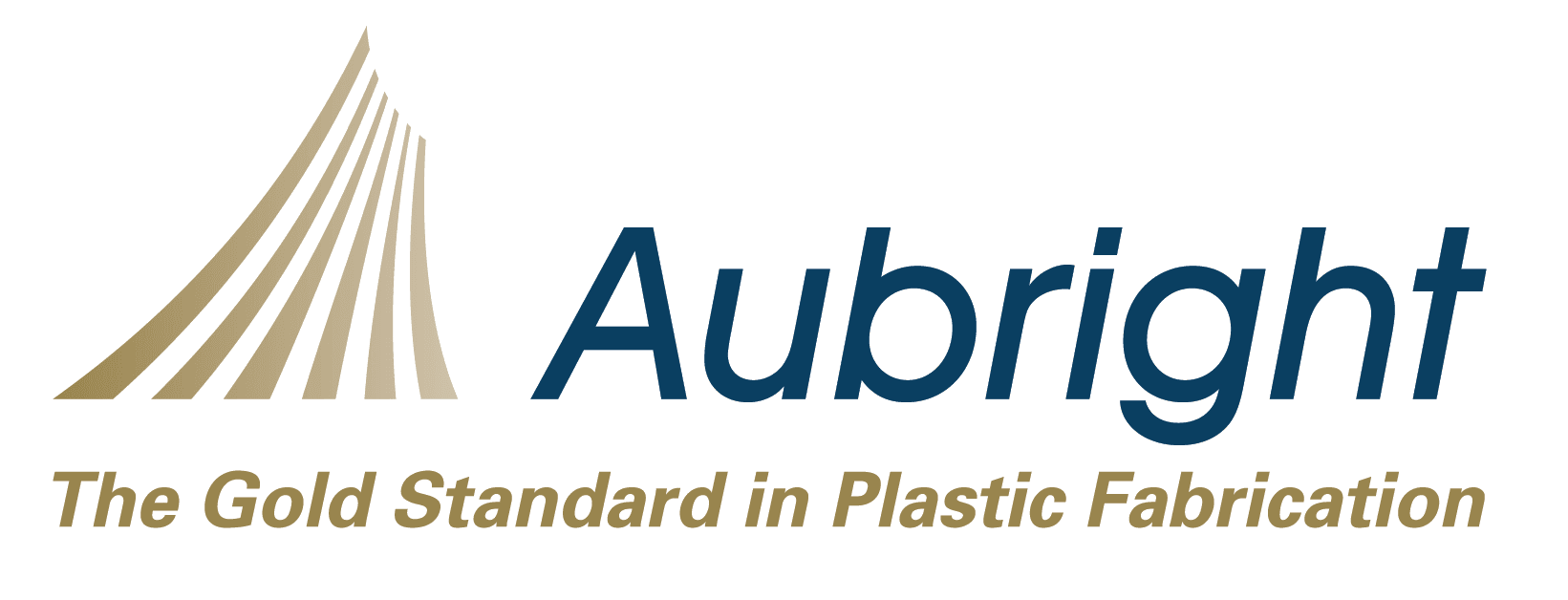The iterative nature of prototyping allows companies in various industries to minimize risks, reduce time-to-market, and ultimately deliver higher-quality products. 3D printing has emerged as a pivotal tool in this process. Its ability to rapidly convert digital designs into tangible prototypes allows for swift iteration and testing.
In this article, we will explore the process of prototyping 3D printing models and its game-changing benefits in product development.
What Is 3D Printing?
3D printing, also known as additive manufacturing, is a process that constructs three-dimensional objects layer by layer from a digital model. This technology utilizes various materials such as plastics, metals, or ceramics to create physical objects based on precise computer-aided designs (CAD). It also offers precision and flexibility in producing customized objects for various industries.
Additive manufacturing involves several key steps, including design, slicing, and printing. Designers create a detailed digital model of the object they want to produce, which serves as the blueprint for the 3D printer. The slicing software then breaks down the model into individual layers. During printing, the device deposits material layer by layer, gradually building the physical object.
Benefits of Using 3D Printing in Prototyping
Here are the primary benefits of prototyping 3D printing models and how the process redefines the landscape of product development:
Rapid Prototyping
3D printing facilitates rapid prototyping by allowing for the quick conversion of digital designs into physical models. This speed is crucial for designers and engineers who need to iterate and test multiple product versions quickly. Moreover, the shorter lead times in prototyping help accelerate the entire product development process.
Cost Efficiency
Traditional prototyping methods often involve significant upfront costs for creating molds and tooling. 3D printing eliminates these expenses as it operates without the need for molds. This cost efficiency is advantageous for small businesses with limited budgets, enabling them to experiment with different designs without breaking the bank.
Complex Geometries
The additive nature of 3D printing allows for the fabrication of complex geometries that are challenging or impossible to achieve with traditional methods. This capability is especially valuable in the aerospace, medical, electronics, and automotive industries, where intricate and lightweight structures are essential for optimal performance.
Reduced Material Waste
Traditional subtractive manufacturing processes typically entail removing material from a larger block, often resulting in considerable waste. This leads to increased material costs and poses environmental concerns. In contrast, 3D printing constructs objects layer by layer based on a digital model. This process reduced scrap by depositing material only where needed.
On-Demand Production
3D printing enables on-demand production of prototypes, eliminating the need to maintain large inventories. This is particularly advantageous for businesses facing uncertain market demands or those operating in industries with rapidly changing design requirements. Furthermore, on-demand production reduces storage costs and ensures that products are manufactured as needed.
Accessibility
Prototyping has become more accessible as 3D printing technology has grown widely available. Designers and engineers of all skill levels may use additive manufacturing technologies to promote innovation and creativity across industries. This accessibility has resulted in a more inclusive and diversified product development and design ecosystem.
Reduced Tooling Constraints
Unlike traditional methods that often require specific molds and tools for each design iteration, 3D printing eliminates the tooling limits. This enables designers to experiment with different shapes and features without purchasing new tools for each design modification. The absence of tooling constraints also streamlines the prototyping process.
Partner With Aubright for High-Quality Prototyping Services
At Aubright, we have a top-notch in-house prototyping department with over 30 years of experience in the plastic industry! Depending on the client’s needs, we can build specialized tooling and molds under one roof, reducing costs and enhancing accuracy. Moreover, our expertise enables us to produce complete prototypes with fast turnaround times.
Contact us today to learn more about our services!
